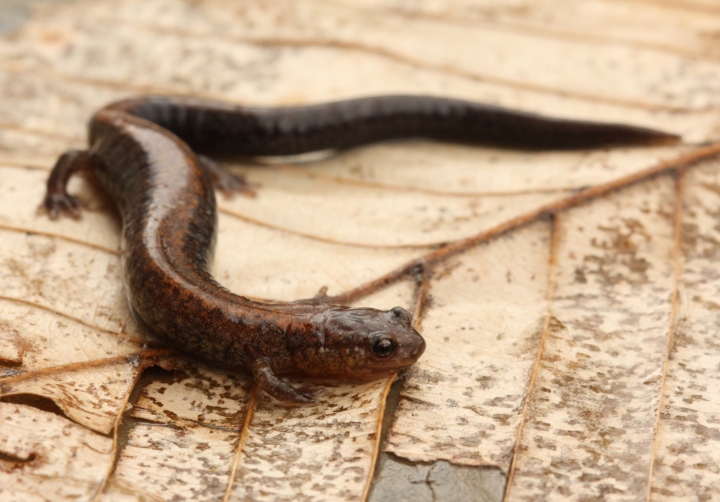Twelve Months of Northern Ohio Herping Highlights 2024 (Part 1)
January 7th - A Common Snapping Turtle under ice. Many aquatic turtles have specialized bladders near the cloaca that can facilitate gas exchange; this is called cloacal or enteral respiration. Having access to actual air is therefore not always necessary, especially when the animals are inactive.
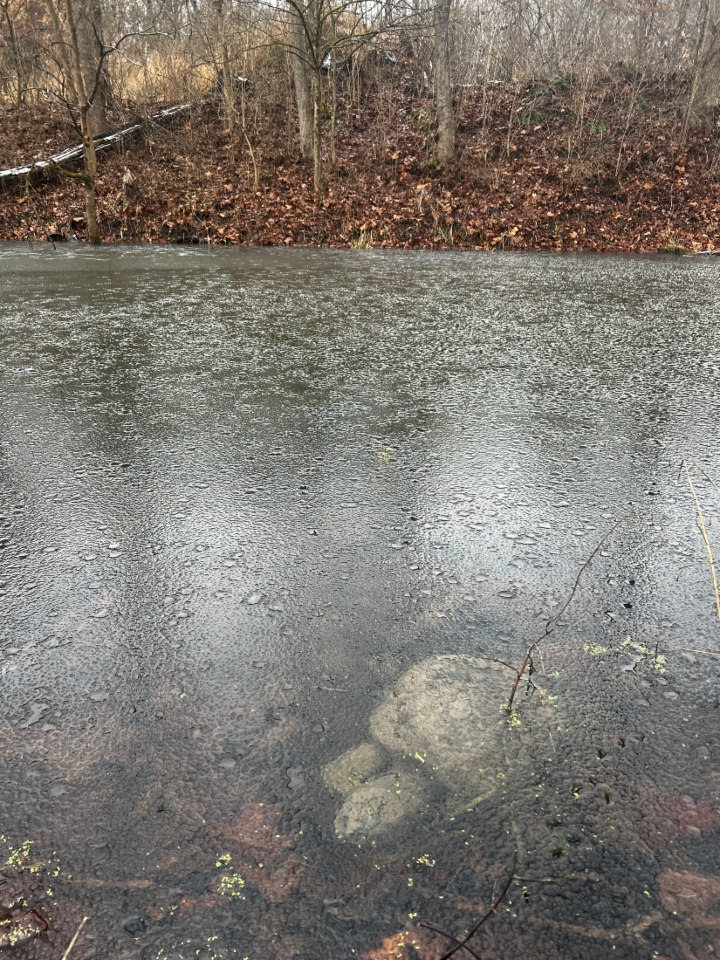
January 26th - Northern Two-lined Salamanders are often found along the edges of creeks. If temperatures are above freezing, it's possible to find them in the Winter.
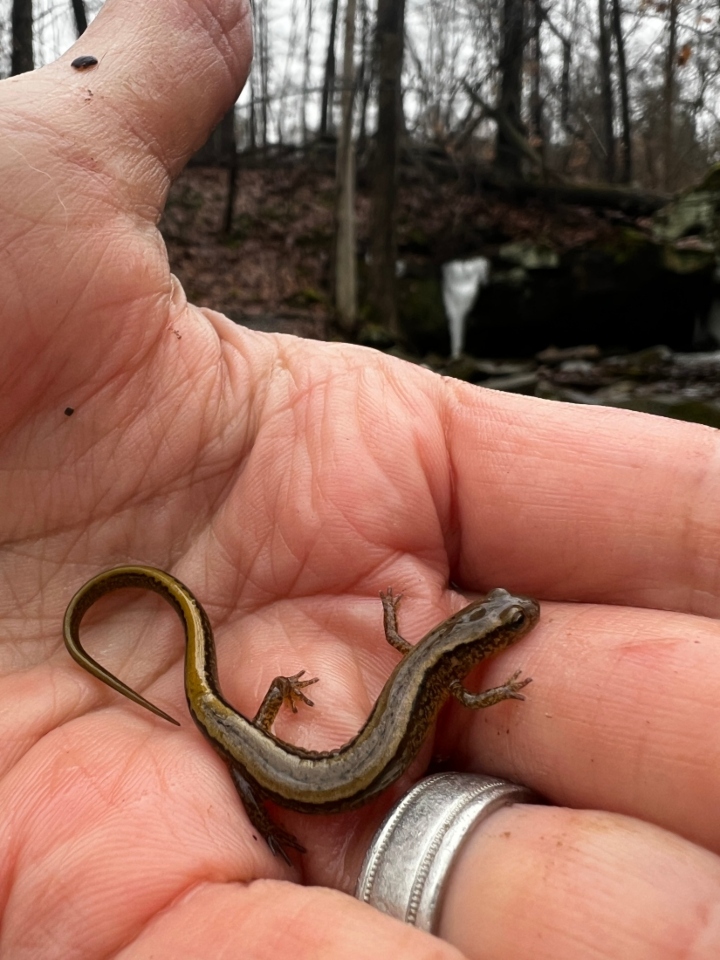
February 8th - Midland Painted Turtles, more than any other turtle species in the United States, can remain active for most of the year – even when its very cold, they can occasionally be seen swimming beneath clear ice.
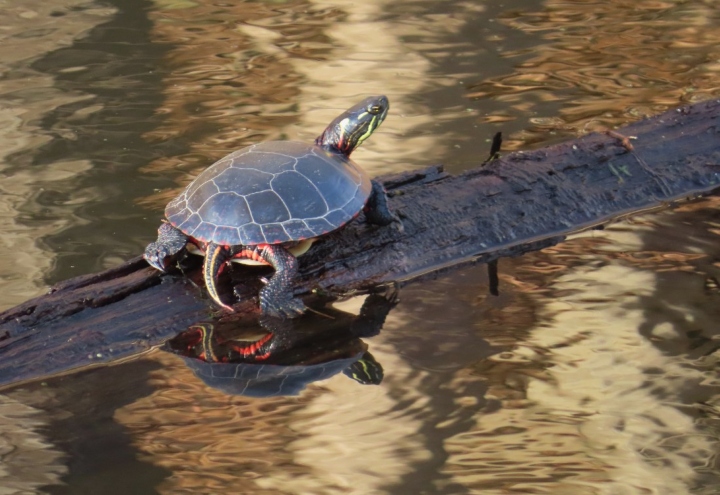
February 9th - These Northern Ribbon Snakes were found near where they hibernate for the Winter. Unseasonably warm and sunny weather may draw them out from hibernation for a spell, before they retreat back into their underground burrows.
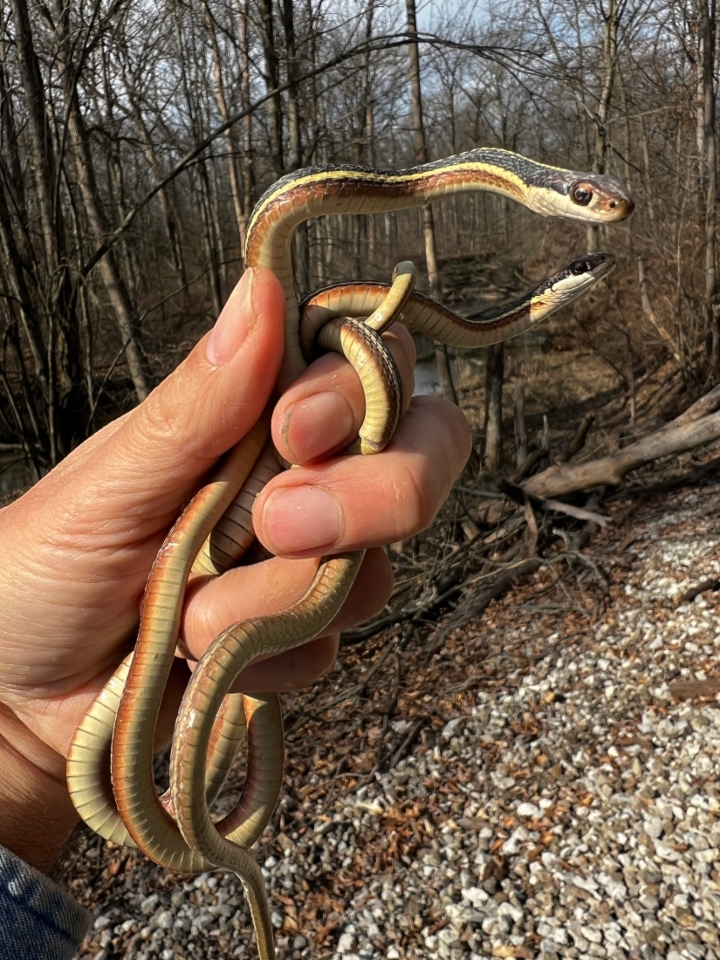
February 23rd - Red-ear Sliders basking in Cuyahoga Valley National Park. This turtle gets its name from the small, red stripe around its ears, or where its ears would be, and from its ability to slide quickly off rocks and logs into the water.
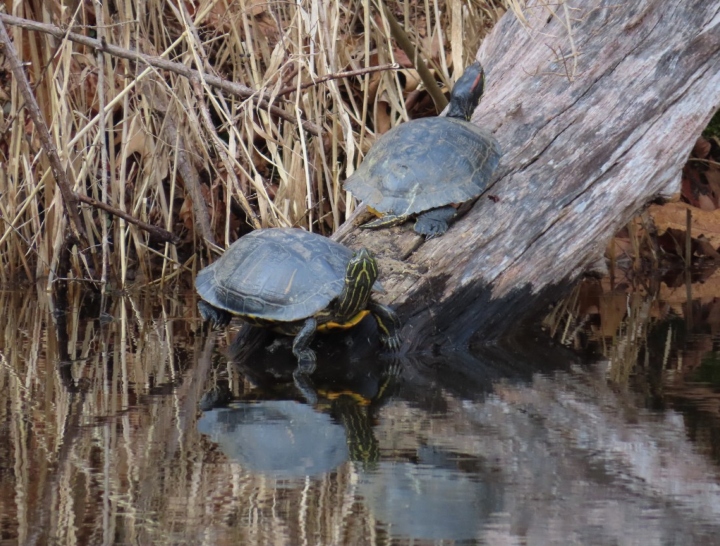
February 23rd - A young American Bullfrog in a pond where they are quite numerous.
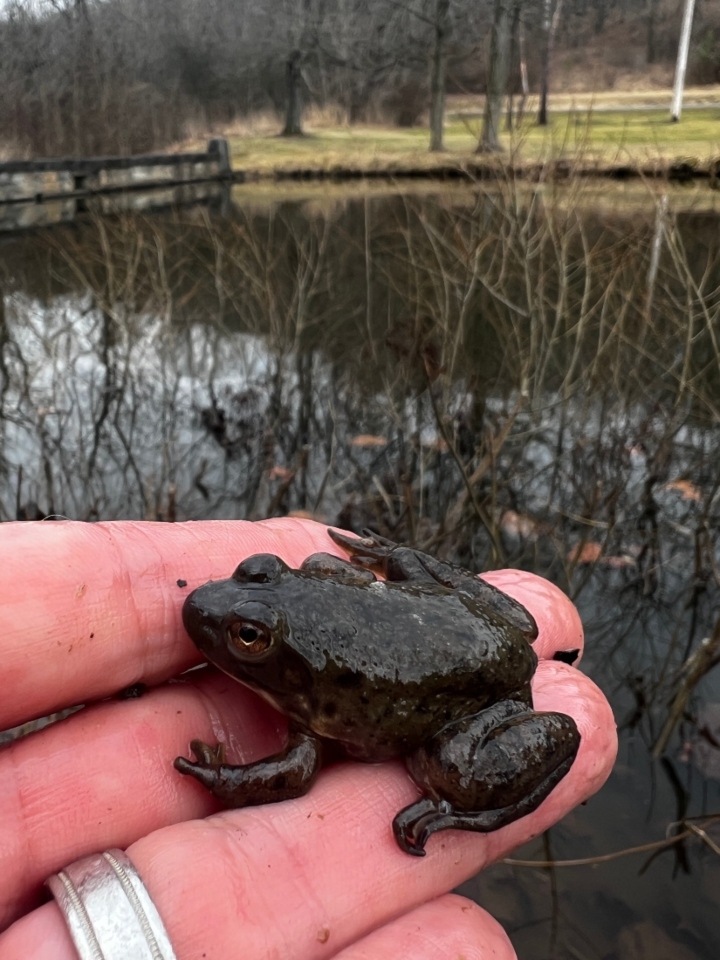
February 27th - Red-spotted Newts emerge from mid-March to early April from hibernation. Often their first meal of the year is the eggs of other salamanders.
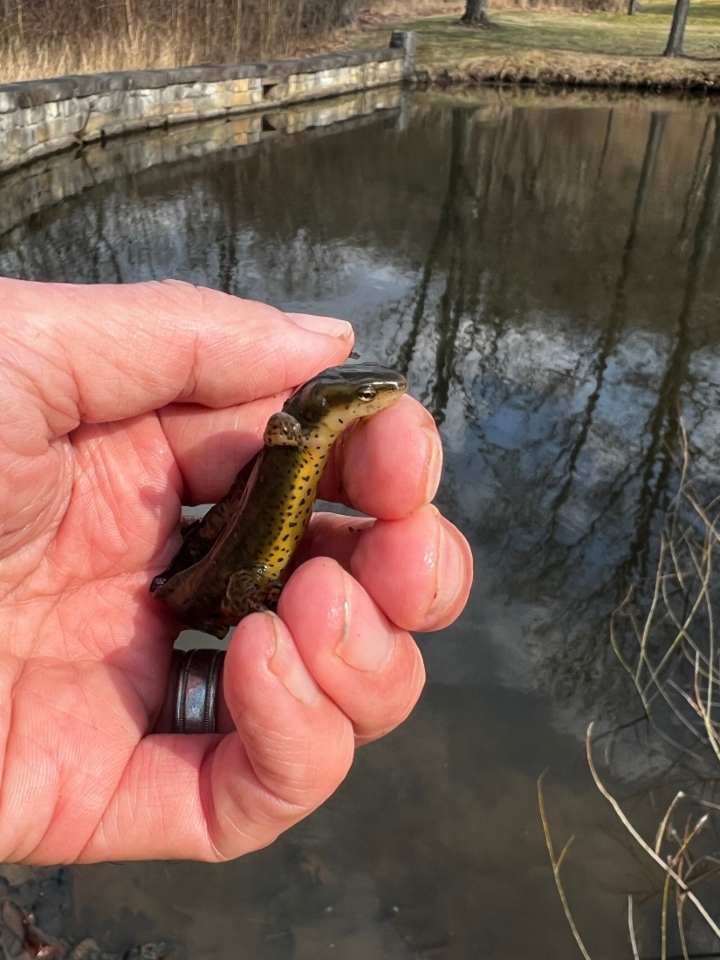
March 4th - My first Eastern Garter Snake of the year. The Eastern Garter Snake can live in a variety of environments, with a preference for grassy or shrubby fields, including abandoned farmlands and outbuildings.

March 5th - A rainy night in early March triggered a number of amphibians to become active, like this adult American Bullfrog.
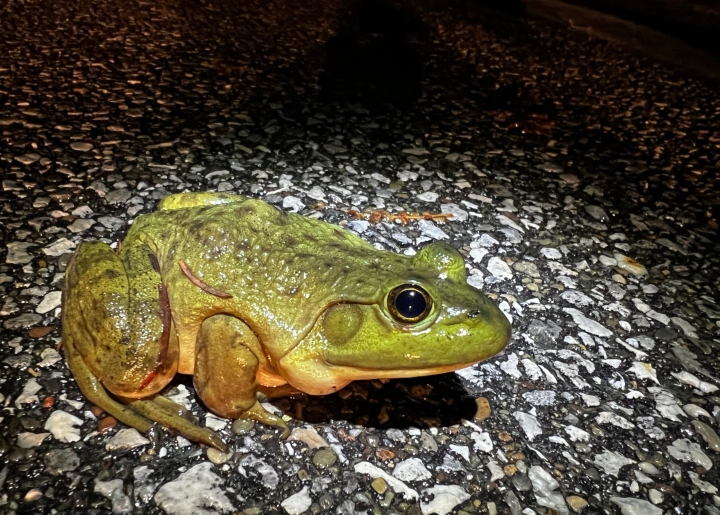
Spotted Salamanders are a sign of Spring for many herpers. They spend most of their life underground and are seldom seen outside of the timeframe where they migrate to their breeding pools.
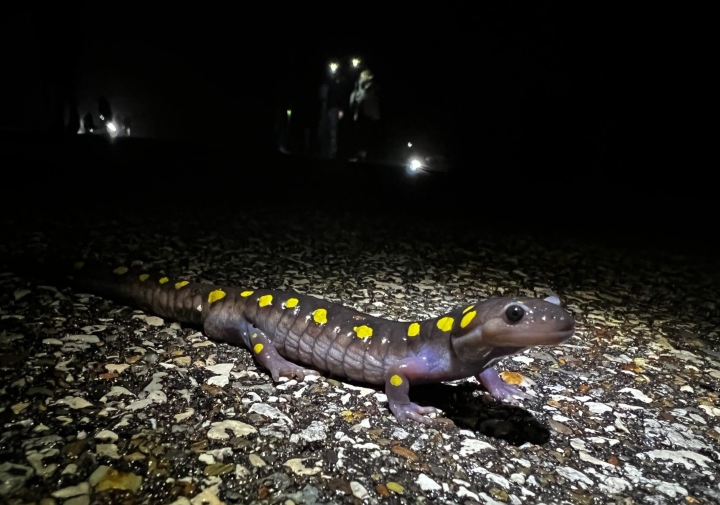
In late Winter and early Spring large groups of Spring Peepers often gather and call – in some cases these tiny frogs produce very loud choruses of sound.
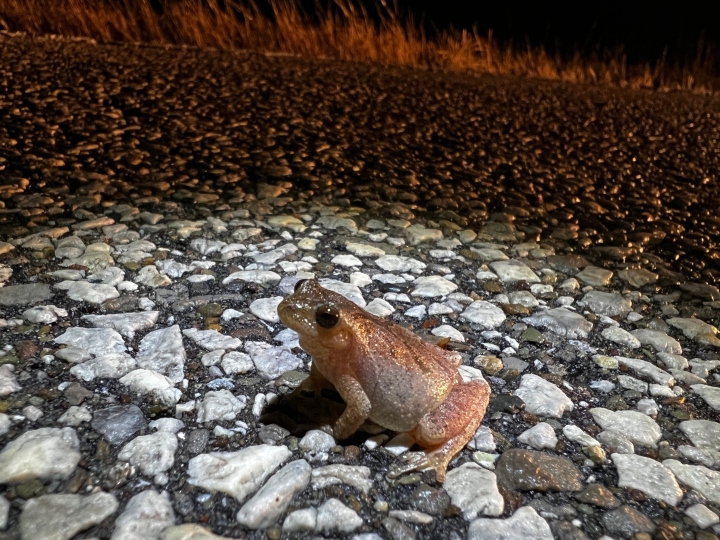
Wood Frogs have a distinctive "robber's mask" which is a key identification feature for this species. Wood frogs are forest-dwelling amphibians that breed primarily in vernal pools.
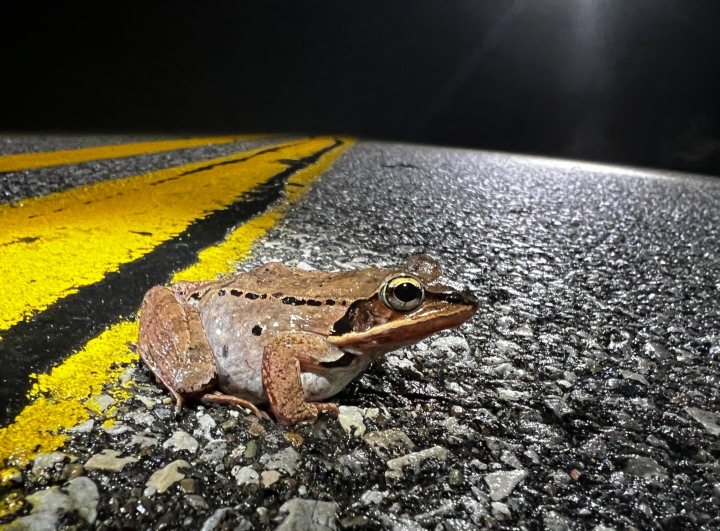
The Jefferson Salamander is yet another of nature’s mysteries, cloaked in dark coloration and living an underground lifestyle that we know almost nothing about.

Several American Toads were out and about on the night of March 5th. This amphibian's skin color can change depending on habitat, humidity, stress, and temperature.
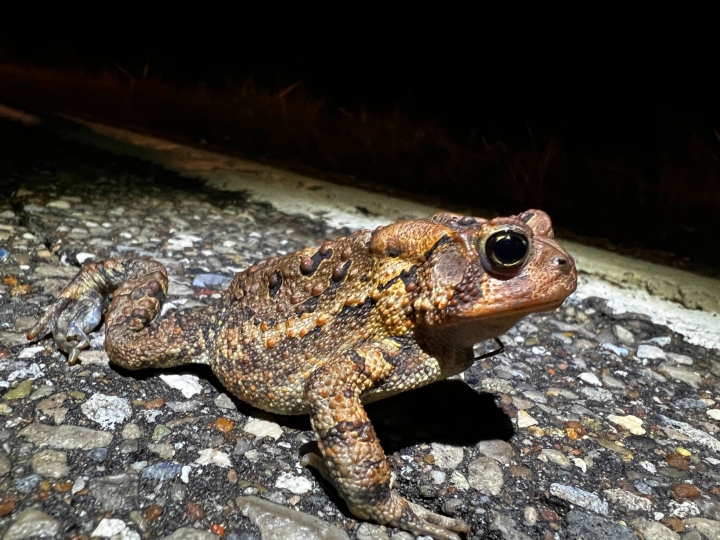
A fine-looking Pickerel Frog. Its yellow coloration may serve as a warning to potential predators that it is toxic to eat.
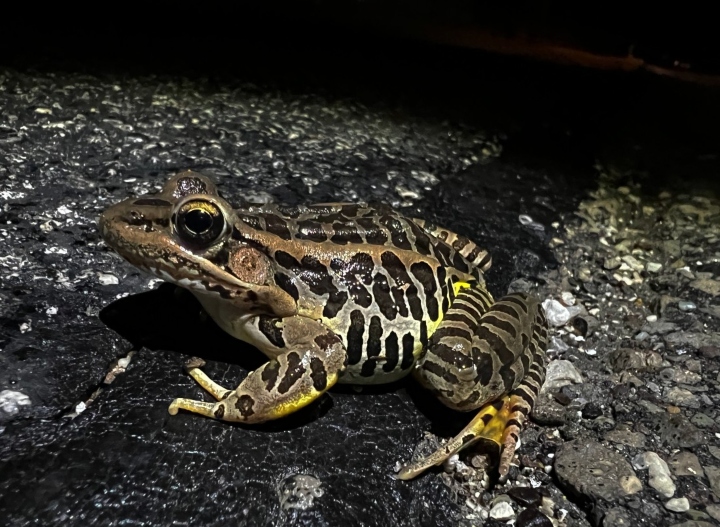
Four-toed Salamanders can voluntarily detach their tails, which continue to wiggle to distract predators. This autonomization of their tails in unique: The tails of most salamanders must be grasped to come off.
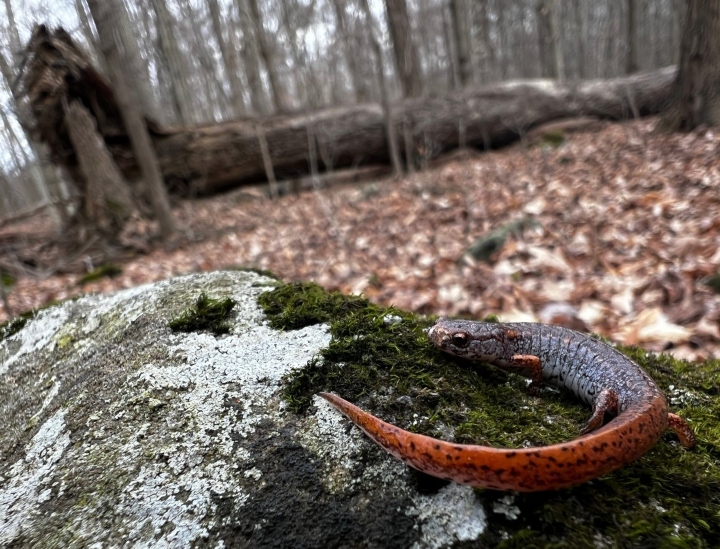
March 8th - A Green Frog found in the creek across the street from me.
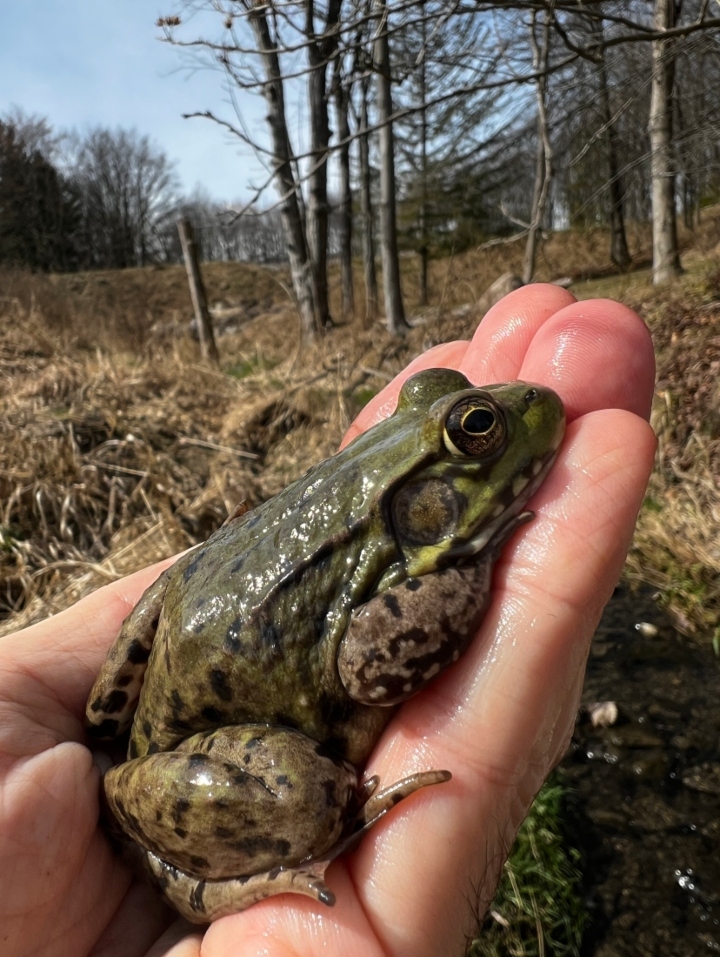
March 8th - A Spotted Salamander near the breeding pool where it has migrated to. This species is the state amphibian of Ohio and South Carolina.
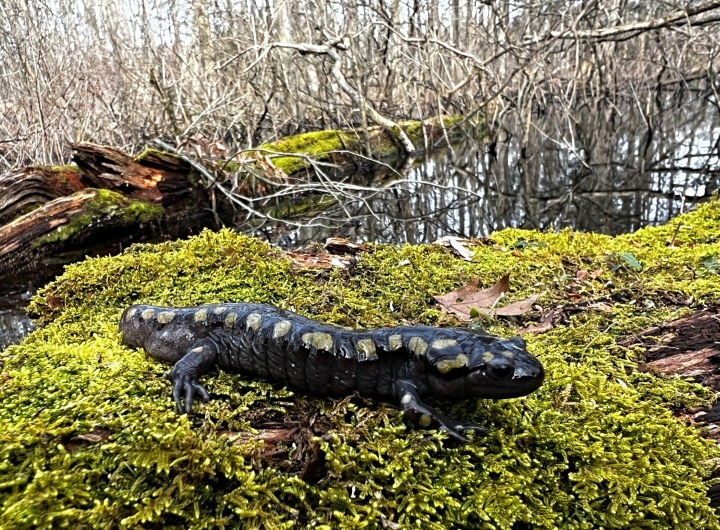
March 8th - A young American Bullfrog. These amphibians will attempt to eat any mouth-sized animal they can capture - including insects, spiders, fish, crayfish, other frogs, small snakes, birds, and mammals.

March 14th - A backyard Redback Salamander. Redbacks are part of a large group known as “lungless salamanders.” Breathing is accomplished by absorbing oxygen through the skin and mouth lining.
